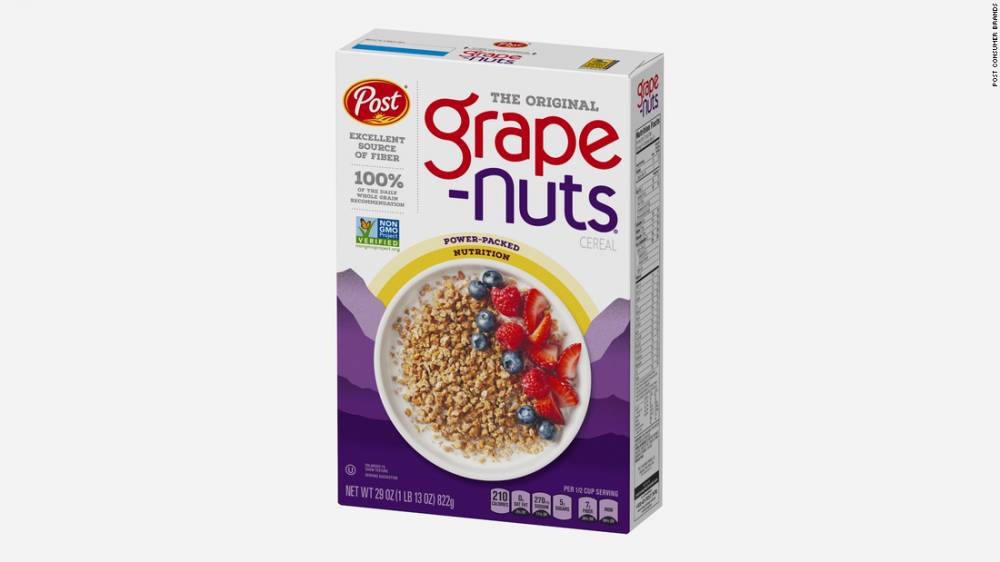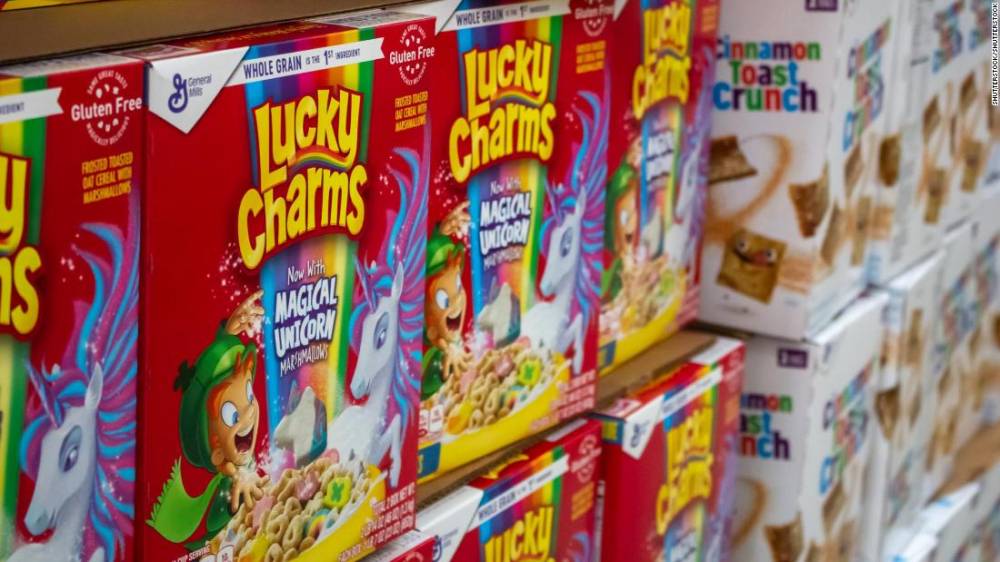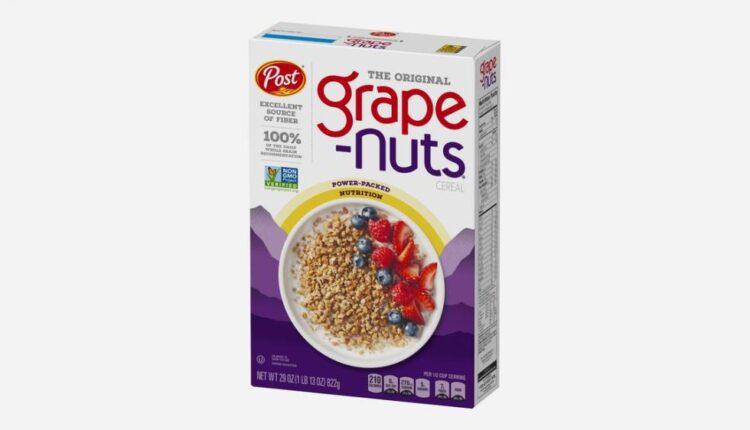(CNN)Finally, after a nationwide shortage forced fans to begrudgingly slurp bowls of lesser bran cereals, Grape-Nuts has reclaimed its rightful place on grocery store shelves.
The fibrous cereal is once again fully stocked nationwide, signaling the official end to the pandemic Grape-Nuts shortage, parent company Post Consumer Brands announced on Wednesday. And to repay Grape-Nuts fanatics for their brand loyalty, Post may reimburse them up to $115 if they overpaid to get their cereal fix during the shortage.

Grape-Nuts will be back on shelves in MarchGrape-Nuts, the cereal made of neither grapes nor nuts but wheat and barley, were nearly impossible to find in early 2021. Disappointed consumers had the pandemic to thank — supply chain constraints and higher-than-usual demand for cereal halted production.
In January, Post assured Grape-Nuts nuts the brand would return to shelves in early spring as production returned to pre-pandemic levels.
But the wait was too long for some particularly fervent fans, some of whom turned to the secondary cereal market to get their Grape-Nuts fix, paying up to $110 per box, according to Post. Read MoreThe company is offering to reimburse anyone who paid $10 or more for a box of Grape-Nuts between November 1, 2020, and March 15. They can submit their receipt to Post to receive a partial refund of up to $115, “a way to show our appreciation and thank these fans for their dedication,” Grape-Nuts brand manager Kristin DeRock said in a statement.

The pandemic made these cereals cool again
Cereal had a big year in 2020, as more folks stuck at home turned to cereal for breakfast. But high demand set it up for scarcity in 2021, and Grape-Nuts wasn’t the only casualty: Popular brands like Kellogg’s Frosted Flakes and Corn Flakes have been harder to find this year, too. Adult brands like Grape-Nuts’ success stories were relatively surprising, given that sales of similar cereals were dipping in recent years. Meanwhile, popular sugary cereals like Fruity Pebbles and Lucky Charms saw sales soar even higher than pre-pandemic levels.
Source: edition.cnn.com

